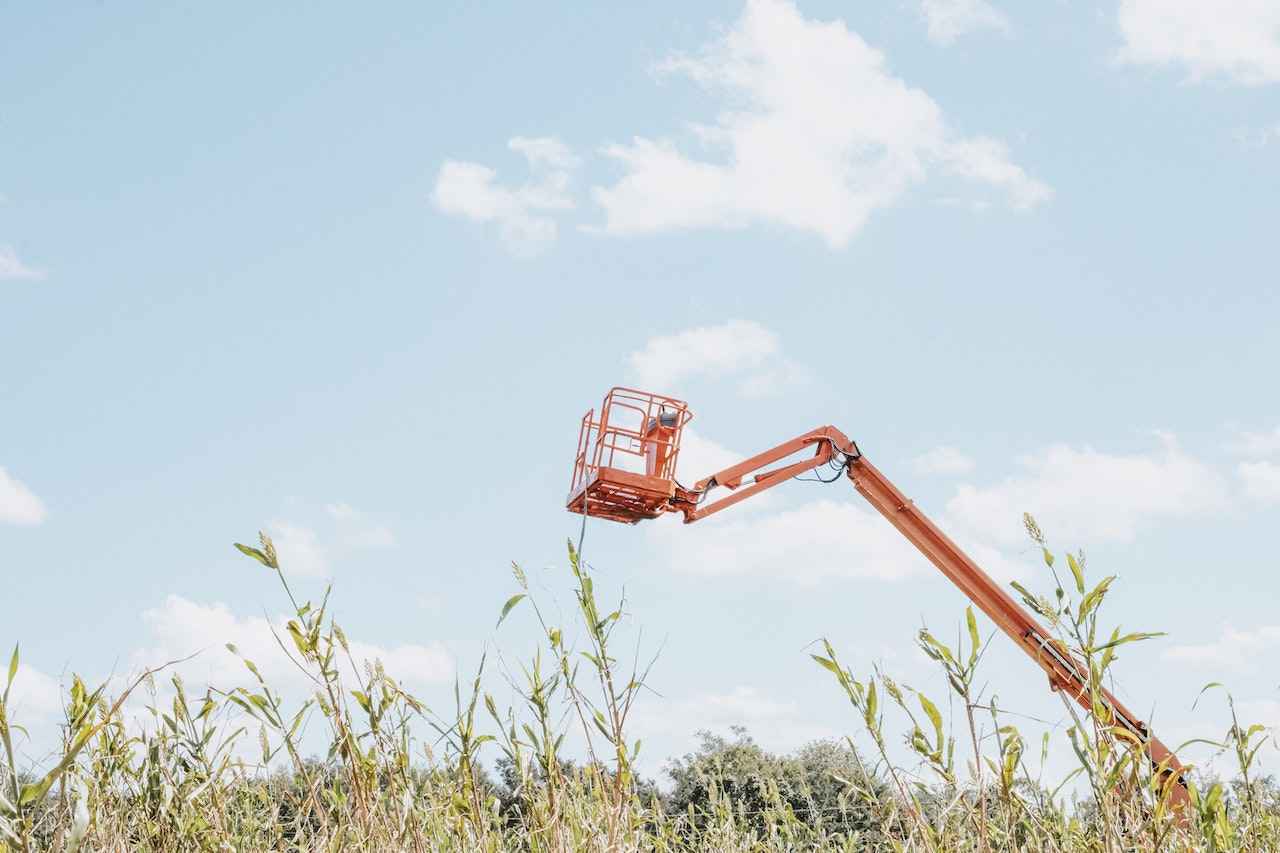
As an employer, you have a duty of care and a responsibility to ensure that all members of your team are safe. For those working within an industrial environment, there are a wide number of hazards.
When heavy lifting and machinery are involved, accidents and damage can occur. However, with the right understanding of safety guidelines, these can be avoided.
Using machinery to lift heavy goods such as goods lifts and forklifts can provide a safe and efficient way of working, provided safety guidelines are followed.
Table of Contents
By following the rules of these safety laws and guidelines, you can ensure that your teams of loading and warehouse operatives are safe while operating loading machinery.
PUWER, the Provision and Use of Work Equipment Regulations (1998) outline ways in which to ensure work equipment is safe to use. These regulations require employers and others who are responsible for such equipment to comply with certain practice standards.
This includes making sure that the equipment is fit for purpose, maintained in a safe condition, inspected and serviced on a regular basis, health and safety measures are used and only those who are trained are given access to use the equipment.
While LOLER, The Lifting Operations and Lifting Equipment Regulations (1998) advise on the safe use of lifting equipment and safe manual lifting of goods.
This suggests that lifting equipment must be properly manned and appropriately supervised in order for the lifting of goods to be carried out safely.
As an employer, it is therefore your responsibility to adhere to such regulations. Not only will this ensure you are abiding by the safety laws, but you are also keeping your teams safe while operating machinery.
Below are some important safety dos and don’ts that you should follow and inform your employees of:
When operating lifting machinery
London is a cultural mosaic with great history and indulgence, so how can it be…
Are you searching for the best place to shop for Indian sarees in London? London…
Small businesses often find it difficult to navigate the UK banking landscape. There are so…
In the complex world of property finance, mortgage advisors are indispensable allies for anyone looking…
In the fast-paced world of the digital age, marketers often search for the next "big…
If you are a newly self-employed entrepreneur or freelancer, then chances are you’ve not even…